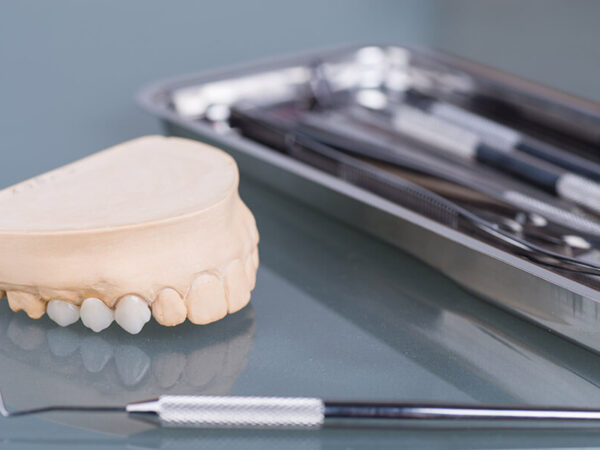Which teeth-straightening option is superior when comparing Invisalign and traditional braces? Learn more about the advantages of both, as well as how the treatment plans work, pricing and payment options, and much more.
Braces vs Invisalign
People like the look of Invisalign, but many people prefer braces. However, traditional braces and Invisalign are two popular orthodontic treatments for gradually straightening teeth because both are FDA-approved devices that produce stunning results; deciding which method is best can be difficult.
Customers should consider factors such as the level of correction required, age, and lifestyle when deciding between Invisalign aligners and braces. In this section, we go over everything consumers need to know to choose between Invisalign and braces.
What Is the Process of Invisalign?
One brand of clear aligners, an orthodontic device that corrects crooked teeth, is Invisalign. Clear aligners, and invisible braces, are custom-made mouthpieces made of medical-grade plastic that apply pressure to teeth and guide them into the desired position. Clear aligners are a more discrete option than traditional metal braces.
To decide which is better, shoppers should weigh the advantages and disadvantages of both Invisalign and traditional braces. First, consider the benefits and drawbacks of clear aligners such as Invisalign.
The Advantages of Clear Aligners
Appearance
Unlike metal braces, clear plastic Invisalign aligners are nearly invisible from a distance and closely fit a user’s teeth. One of the main reasons many people prefer transparent aligners to braces is their discreet appearance.
Comfort
Clear aligners fit flush against teeth and avoid the cuts and discomfort that braces can cause. In addition, while teeth repositioning causes discomfort for wearers, the inside of the mouth is mainly pain-free with Invisalign.
Brushing and Flossing Ease
Users of clear aligners can brush and floss normally after removing the mouthpiece. As with traditional braces, there is no need for a lengthy and challenging dental care process.
There is no danger with hard or chewy foods.
Bracer wearers should avoid hard and chewy foods such as nuts, popcorn, and bagels to avoid damage or irritation. People who wear aligners, on the other hand, must remove them before eating, so they do not need to avoid these foods.
Fewer visits to the orthodontist
Some patients will not need to see their orthodontist as frequently with aligners as they would with braces. While Invisalign treatments typically require four to six weeks of visits, some online companies offer clear aligners with no orthodontist visits, which isn’t the best option for everyone. Customers undergoing braces treatment must visit the office for each adjustment.




